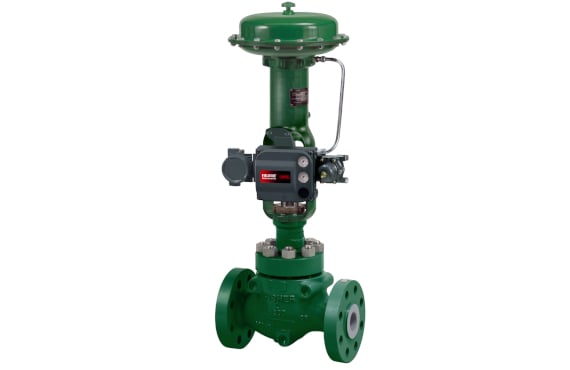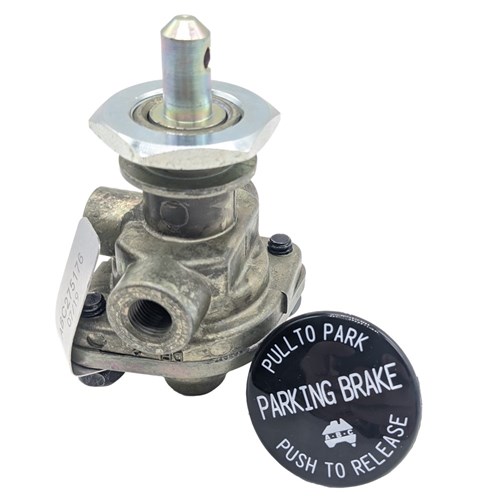Exploring the Performance of Modern Control Valves in Industrial Applications
Exploring the Performance of Modern Control Valves in Industrial Applications
Blog Article
Achieve Seamless Assimilation and Control With High Quality Building Automation Controls
In the realm of contemporary building monitoring, the importance of high quality building automation controls can not be overstated. Welcoming top quality building automation controls is not simply an issue of benefit yet a critical critical for organizations aiming to enhance their facilities' performance and sustainability.

Advancement of Structure Automation Controls
Throughout the past couple of years, the development of constructing automation controls has considerably transformed the way buildings are handled and run. Developing automation systems mostly concentrated on fundamental functions such as managing air, heating, and ventilation conditioning (HEATING AND COOLING) systems. As modern technology advanced, these controls have actually ended up being a lot more innovative, enabling for a wider range of building systems to be incorporated and taken care of centrally.
The development of building automation controls has actually seen a shift in the direction of more intelligent systems that can adjust to changing problems in real-time. This flexibility is vital for maximizing energy effectiveness and ensuring passenger convenience. Additionally, modern-day structure automation controls now supply features such as anticipating maintenance, remote surveillance, and information analytics, allowing facility managers to make data-driven decisions to improve building performance.

Advantages of Quality Assimilation
The advancement in structure automation manages towards even more intelligent systems has actually highlighted the significant advantages of top quality combination in enhancing structure procedures and enhancing general effectiveness. Quality combination of constructing automation controls offers several crucial benefits. Firstly, it brings about improved power effectiveness by enabling different systems to interact effortlessly, making certain ideal efficiency and decreasing power waste. High quality integration improves occupant comfort and performance by allowing individualized control over ecological settings like air, lights, and temperature level quality. This modification can bring about an extra helpful and comfy working or living atmosphere. In addition, quality combination simplifies upkeep and troubleshooting processes, as all systems are adjoined and can be kept an eye on and controlled from a centralized interface. This central control additionally provides far better presence and understandings right into building efficiency, enabling proactive upkeep and optimization techniques. Generally, the benefits of quality integration in building automation controls are obvious, providing raised performance, convenience, and functional effectiveness.
Improved Customer Experience and Access
Enhancing user interaction with structure automation controls via instinctive design and boosted accessibility boosts the total experience for owners and center managers alike. By concentrating on user experience, building automation systems can come to be extra efficient and straightforward. User-friendly interfaces, clear navigating, and customizable setups equip customers to engage with the controls conveniently and properly.
Availability features play an essential role in ensuring that all individuals, including those with disabilities, can utilize the structure automation controls easily. Integrating features such as voice commands, tactile switches, and color-contrasted display screens can improve availability and make the controls a lot more comprehensive.
Additionally, boosted user experience causes greater individual fulfillment, enhanced efficiency, and much better decision-making. Owners can readjust environmental setups according to their choices, while center managers can efficiently monitor and manage structure systems - control valves. Generally, focusing on customer experience and access in structure automation regulates adds to an extra seamless and efficient official site structure atmosphere for all stakeholders involved
Lasting Practices Through Automation

In addition, automation can promote the assimilation of eco-friendly energy resources such as solar panels or wind generators into building operations. With automation, buildings can line up with modern sustainability objectives and contribute to a greener future.
Future Trends in Structure Control Solution
One popular fad forming the future of building control systems is the enhanced combination of Artificial Knowledge (AI) and device learning. In addition, the Internet of Things (IoT) is changing structure control systems by connecting sensing units and tools to enhance and streamline operations effectiveness.
One more essential pattern is the focus on cybersecurity actions to shield versus possible dangers to building automation systems. As buildings come to be a lot more interconnected, guaranteeing robust cybersecurity procedures will certainly be necessary to guard sensitive information and avoid unauthorized accessibility.
Additionally, the shift towards cloud-based systems is obtaining momentum, enabling centralized control and remote accessibility to building systems. This facilitates less complicated surveillance, maintenance, and updates, improving the general performance and flexibility of building control systems. As innovation remains to breakthrough, these trends are anticipated to form the future landscape of building automation controls, driving development and sustainability in the built setting.
Final Thought
Future trends in building control systems are likely to concentrate on additional boosting automation capabilities for improved power performance and general efficiency. It is essential for structure proprietors and drivers to prioritize the adoption of quality building automation controls to maximize structure operations and accomplish lasting sustainability goals.
In the realm of contemporary building monitoring, the value of top quality structure automation controls can not be overemphasized. On the whole, the evolution of building automation controls proceeds to drive development in the building management market, offering new opportunities for creating smarter and more sustainable buildings.
The advancement in structure automation manages in the direction of even more intelligent systems has actually underscored the considerable benefits of high quality combination in optimizing structure look here operations and enhancing general performance. In general, prioritizing user experience and ease of access in structure automation manages adds to a much more effective and seamless structure atmosphere for all stakeholders involved.
It is vital for structure proprietors and drivers to link prioritize the adoption of high quality structure automation manages to maximize structure operations and achieve lasting sustainability objectives. - control valves
Report this page